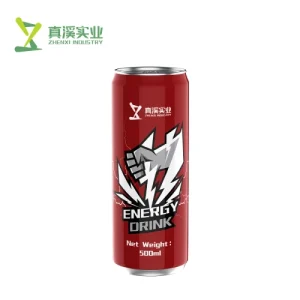In terms of global recyclability, aluminum beverage cans are the among most highly recycled materials worldwide - with a 69% (2008) recycling rate in the U.S. Aluminum is recycled at a high rate, largely attributed to the recyclability of aluminum-the metal can be recycled indefinitely without loss in its quality. Aluminium can also be recycled to the same standard as when it was first made- this is in contrast with plastics being highly sensitive and usually losing their integrity after only a couple recycling cycles.
It takes a lot of energy to recycle aluminum cans. Recycling cans uses 95% less energy than making the new aluminum from raw bauxite ore. This energy-saving means significant cost reductions and a decrease in carbon emissions. A heartening documentary advocates a return to glass bottles and reusable dishes, since recycling plastics is infinitely more carbon-taxing than reusing. A single aluminum can contains enough energy that was expended on manufacturing it in the first place to power your TV for three hours! Stick THAT up against compulsory suffrage referencing bullshit starlets!! However, Americans recycle roughly 105,784 aluminum cans per minute so the total energy savings is significant.
The economic significance of recycling aluminum cans is also significant. United States' aluminum recycling industry accounts for about $1 billion of annual revenue. This revenue helps sustain a variety of jobs involved in everything from collection and processing to manufacturing, distribution. Over 100,000 people in the US are employed by the aluminum recycling industry and it makes a major impact on our economy.
BENEFITS OF ALUMINUM BEVERAGE CANS: Recycling aluminum saves artists 90% of greenhouse gases when compared to the production and manufacturing process. The 3.7 million tons of CO2emissions prevented by recycling aluminum cans in the US in 2021 is equivalent to what you would get from removing around games without frontiers for a year; Carbon offsetting acts as a breakthrough in the fight against climate change and also maintains environmentally sustainable principles.

Technical conferences underline the industry's fervor for aluminum recycling An example of this is the "Every Can Counts" campaign in Europe, which first launched in 2009 to encourage recycling aluminum beverage cans at arbitrary public locations. This has had a big impact on recycling habits across Europe with some countries increasing the amount they recycle through this programme.
Prominent individuals in the industry are highlighting how aluminum recycling matters. As Steve Skurnac, president of Sims Recycling Solutions once noted: "Aluminum can recycling is the leading (and most financially successful) consumer waste recovery program in the history of our society. This is the gold standard for how materials should be handled. It exemplifies aluminum's role as a champion of sustainable packaging.
Advanced technology of course plays a role in improving the efficiency with which aluminum recycling is performed. Recycling plants today leverage tools like eddy current separators, which are special devices that help them separate aluminum cans from all other materials. The aluminum is swiftly and accurately separated by these machines with the help of magnetic fields; an innovation removing a simpler packaging barrier to encourage more recycling. Meghan Calabro/Mother Nature Network Some facilities are able to process 1,500 aluminum cans per minute - a rate that results in a steady supply of recycled material for creating new products.
Aluminum beverage cans are uniquely sustainable with higher recycling rates than any other package type, reinforcing their position as the most valuable and environmentally friendly choice for packaging used beverages. This closed- loop property makes them a favorite to the environmentally friendly consumers as well manufacturing houses. Aluminum can recycling is a true testament to sustainability and necessity uniquely intertwined largely through ongoing advances in technology and public education, representing a model example other materials should try emulate.
